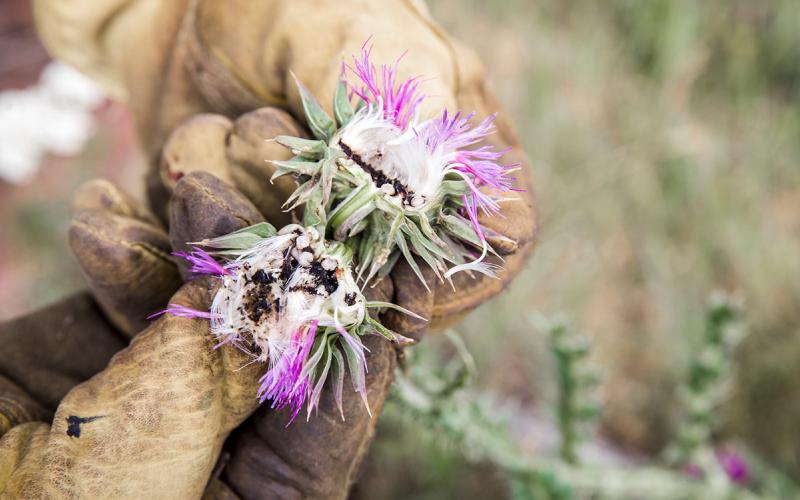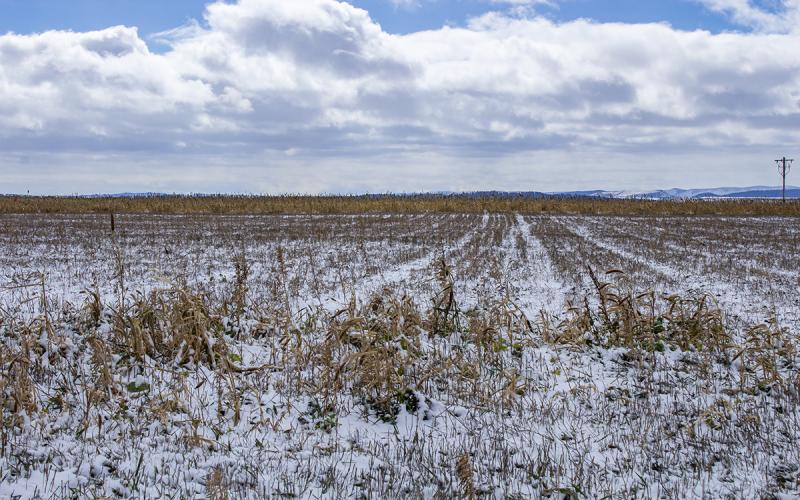
Written collaboratively by Eric Jones, Philip Rozeboom, David Vos, and Jill Alms.
Herbicides with residual activity have great utility for weed management. However, due to environmental conditions, some herbicides can persist so that the crop grown next year can be injured. Herbicides degrade with water, temperature, and microbial decomposition. Soil pH can either decrease or increase the rate of degradation depending on other environmental conditions and the herbicide applied. Additionally, herbicides applied at a higher rate will take longer to degrade compared to the same herbicide applied at lower rates. The 2023 growing season was very dry, therefore, there is potential to see herbicide carryover in the 2024 season. The herbicides that are concerning for carryover are atrazine (Aatrex, others), clopyralid (Stinger), chlorimuron (Classic), fomesafen (Reflex, Flexstar, others), mesotrione (Callisto), imazethapyr (Pursuit), and isoxaflutole (Balance). These herbicides have rotation restrictions (time from application to planting the rotation crop) that are defined on their respective labels. Other herbicides could have potential carryover; refer to their specific labels to determine the rotation restriction and any carryover precautions. Refer to spray logbooks to determine if the rotation restriction is met. Even if the rotation restriction is met, avoid planting early in fields where these herbicides were applied under dry conditions. Tillage can be implemented to evenly distribute concentrated areas of persistent herbicides across the field. The tillage practice can also aerate the field, which can increase microbial activity by providing oxygen. Changing the rotational crop from a susceptible to tolerant crop is a viable option if feasible with other production practices.
Analyzing Soil for Carryover
Field soil can be tested to determine if an herbicide is present. However, the soil tests can be expensive and require many samples to get a good representation of field variation. Alternatively, if there are concerns about carryover, a bioassay can be conducted. A bioassay is conducted by digging up soil (0 to 3 inches deep) from the field of interest, filling up a container (flowerpot, styrofoam cup, etcetera.), and planting a several seeds of the rotation crop into the container. Water the containers with the field soil and seeds to field capacity and place near an area that receives adequate sunlight and has constant temperature (~65 degrees Fahrenheit). Water as needed, but do not over water. Allow the plants to grow for at least three weeks and observe regularly. If the seeds germinate or grow with injury, there is a high potential that planting this field will result in the crop being injured from herbicide carryover. Be sure to sample areas that are representative of the variation within the field. The variations within the field can dictate the potential of herbicide carryover based on soil properties. If the seeds germinate without any injury, then the potential for herbicide carryover in that field is decreased.


